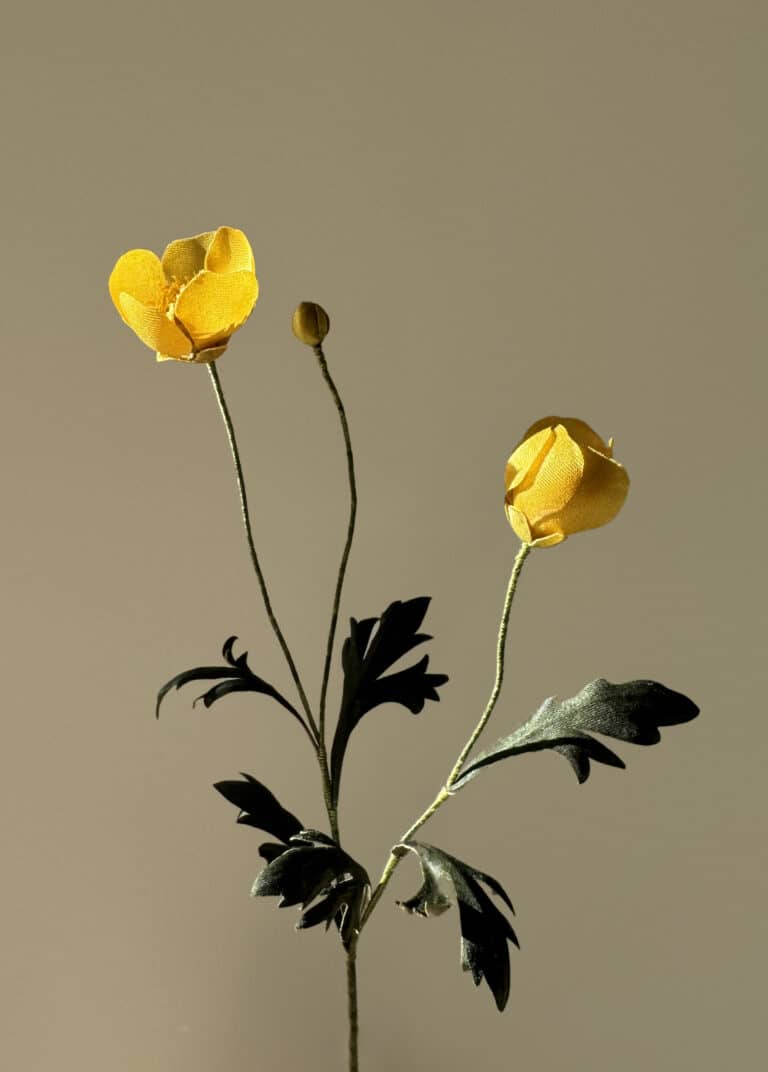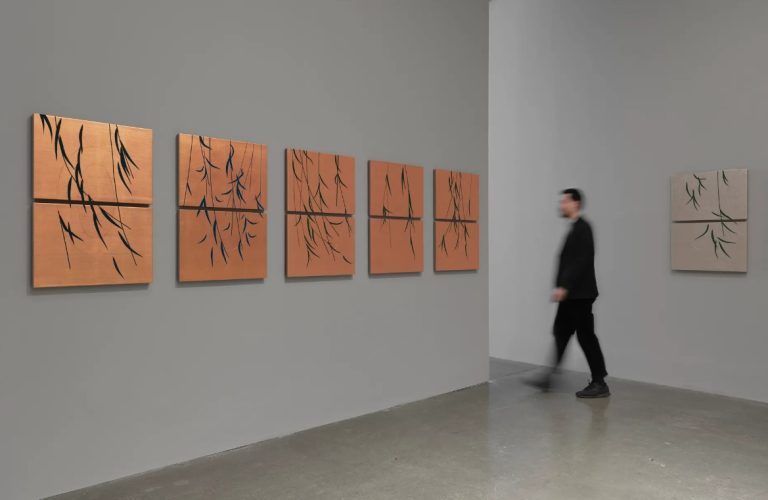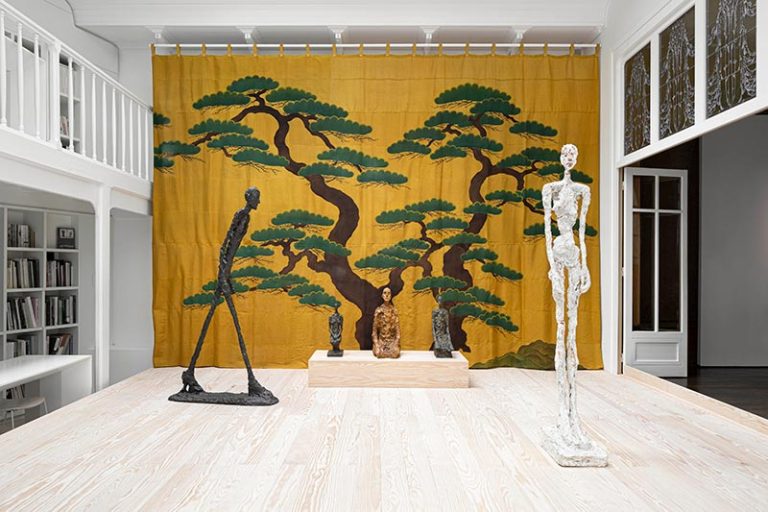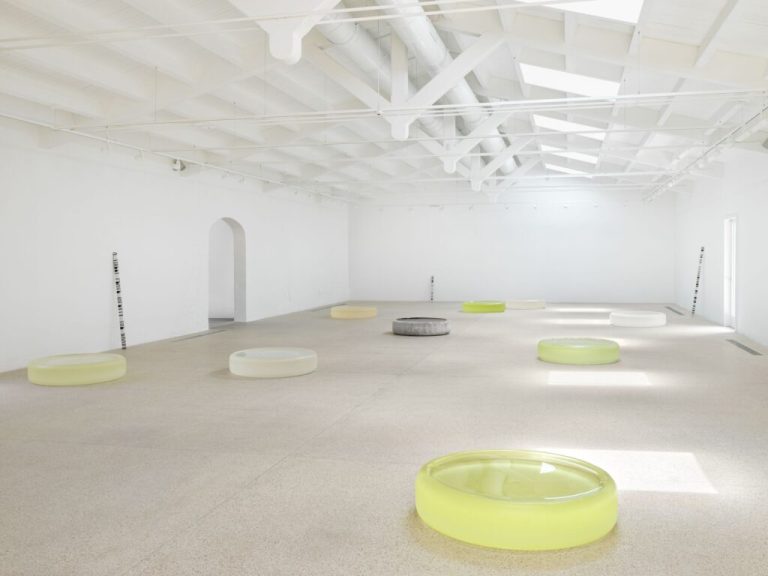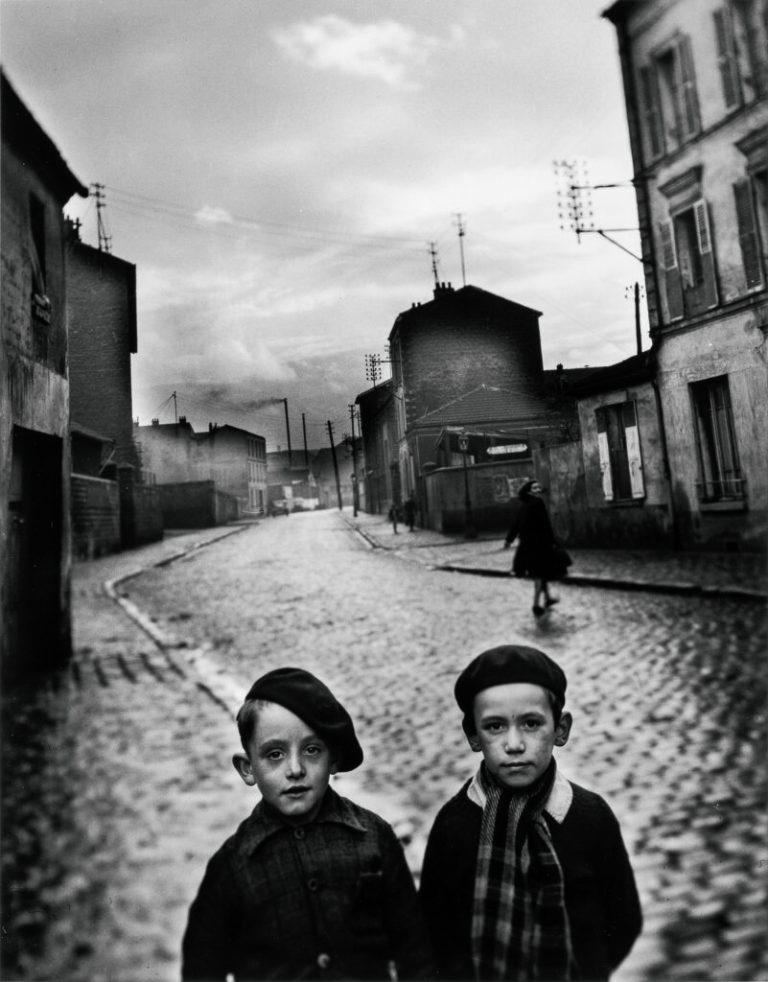Madrid,
The last few years and months have been, surely as a result of many sustained impulses over time, a good period for botanical art: the Royal Botanical Garden of Madrid has been hosting interesting exhibitions dedicated to artists (Pilar Pequeno, Paula Anta, Soledad Seville) and collections (Bombas Gens) that have paid special attention to plants and, at the University of Navarra Museum, we have been able to visit a project by Vik Muniz that was inspired by engravings and drawings from albums of Latin American flora from the 19th century and A large exhibition still remains open on the origins of photography in its connection with science, “A Promised Land”, and Joan Fontcuberta's proposal “Florilegium”, which investigates precisely the nature of photography… based on images of nature, this time artificial intelligence through. Furthermore, in the final stages of last year, the MIRA Space in Pozuelo dedicated an exhibition to detailed vegetation by Marta Chirino, an author with a long career in botanical illustration who approaches this field from lyricism, but also from deep knowledge: He trained in Biology.
The last major exhibition project that unites artistic creation and plants can be visited, until May 18, in the Villanueva Pavilion of the aforementioned Botanical Garden and has an evident protest aspect: “They Illustrate Botany”, an exhibition organized together with the Research Group Art, Technology, Image and Conservation of Cultural Heritage from the Faculty of Fine Arts of the Complutense University, combines works by the pioneers of botanical illustration and today's artists seeking to remove from anonymity women who represented plant species from scientific rigor or aesthetic desire and who until now have not been recognized (some belonged to times when the relationship between their genus and the plants considered most fruitful was that of care).
Toya Legido, Mónica Gener, Lucía Moreno Diz and Ana J. Revuelta would curate an exhibition whose possible itinerancy is being worked on and which, therefore, unites art, science and women, underlining the prominent role of botany and illustration as creative territory favorable for artists when their access to other genres was difficult; as their own room, in the words of the president of the CSIC, Eloísa del Pino, remembering Virginia Woolf. Pieces in diverse techniques and styles are part of the tour, with a sometimes didactic purpose: certain methods of representation used to be applied to certain objects (plants), evolving, of course, over time.
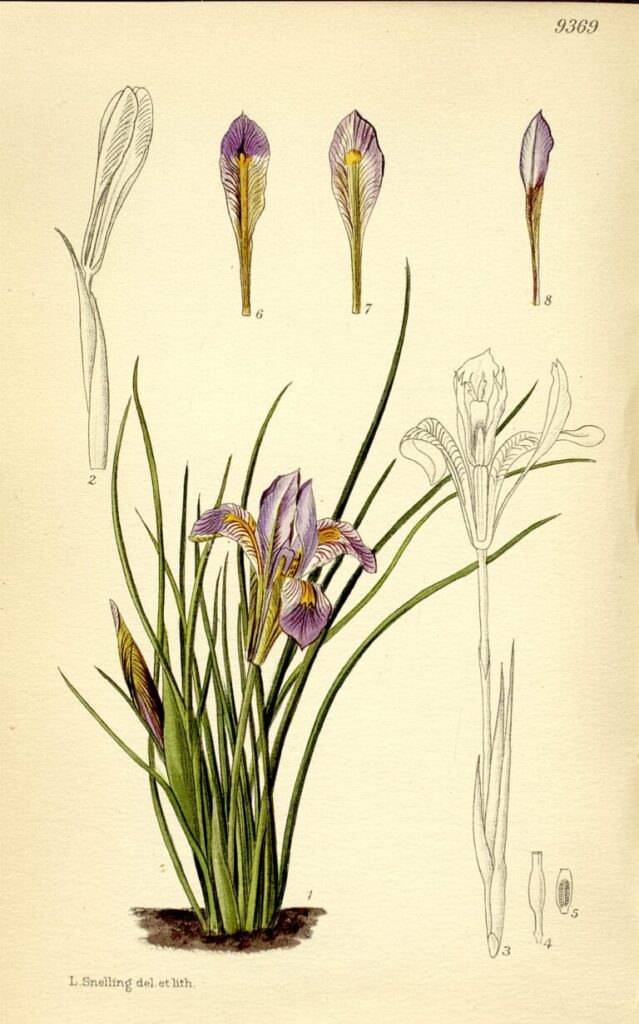
The temporal arc of the exhibition begins in the 17th century, with scientific illustrators, and ends in the present day, so that the viewer will be able to become aware of the way in which, over the centuries, our relationship with nature has been modeled. , or mediated, by the image, from the perspective of rigor and study or from the fully creative perspective. There are more than three hundred pieces collected, including books, drawings, engravings, photographs, sculptures and animations that sometimes document, and other times represent.
We can highlight the presence of drawings, paintings or engravings by Anna Maria Vaiana, Alida Withoos or Giovanna Garzoni, still lifeists who grew up in families of artists; of illustrations by the first women who embarked on expeditions to record native species, such as Maria Sibylla Merian or Berthe Hoola van Nooten; of works by Sarah Ann Drake, Mary Delany and Elizabeth Twining, among the first educators who became involved in teaching botany to their peers (in the 19th century this discipline was considered a scientia amabilis); or, already entering the 20th century, of works by the first illustrators and botanists, such as Mary Emily Eaton, Matilda Smith or Stela Ross Craig, who were able to sign their images for magazines and botanical gardens (thus leaving anonymity). . This last chapter of the exhibition includes funds from the Botanical Garden itself, several shown to the public for the first time: we are talking about works by Paula Millán Alosete, Victoria del Val or the aforementioned Marta Chirino; We can also see pieces from the collection of the Cardenal Cisneros Historical Institute, such as sculptures of removable educational plants or the beautiful Herbal by Marie Fortier, intended for the teaching of botany in the 19th century.
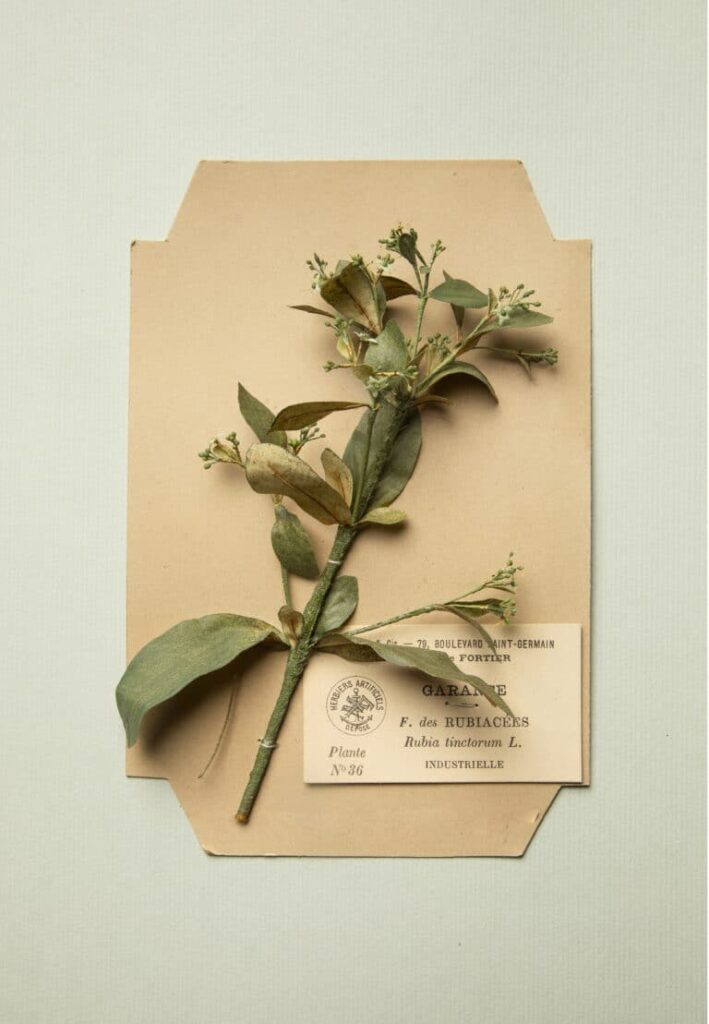
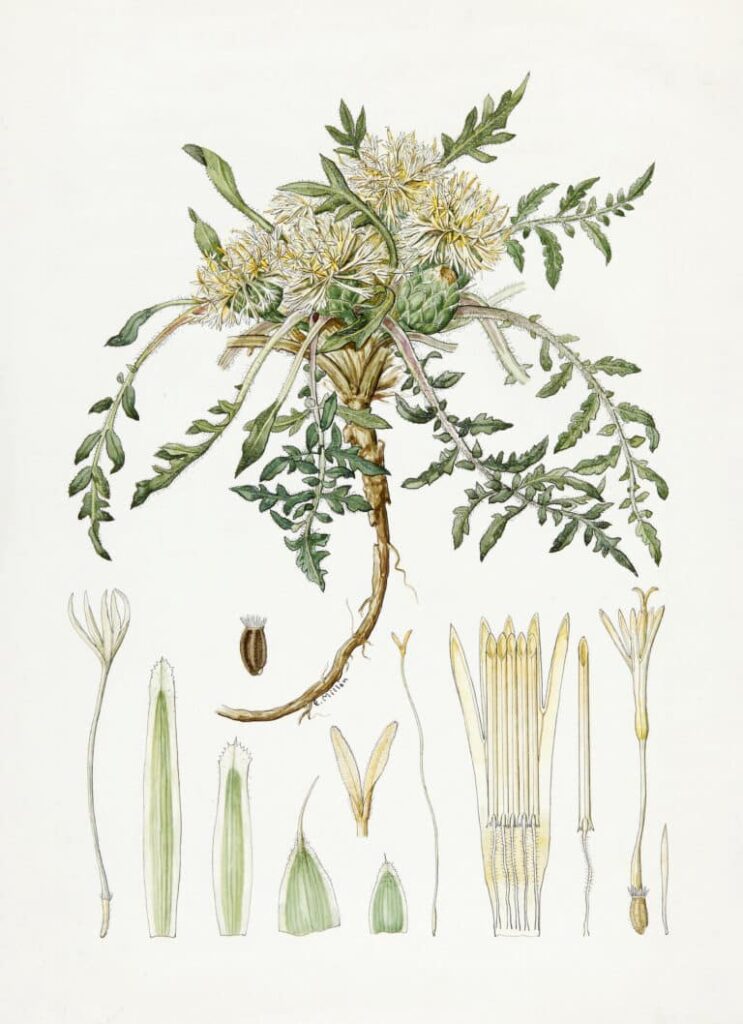
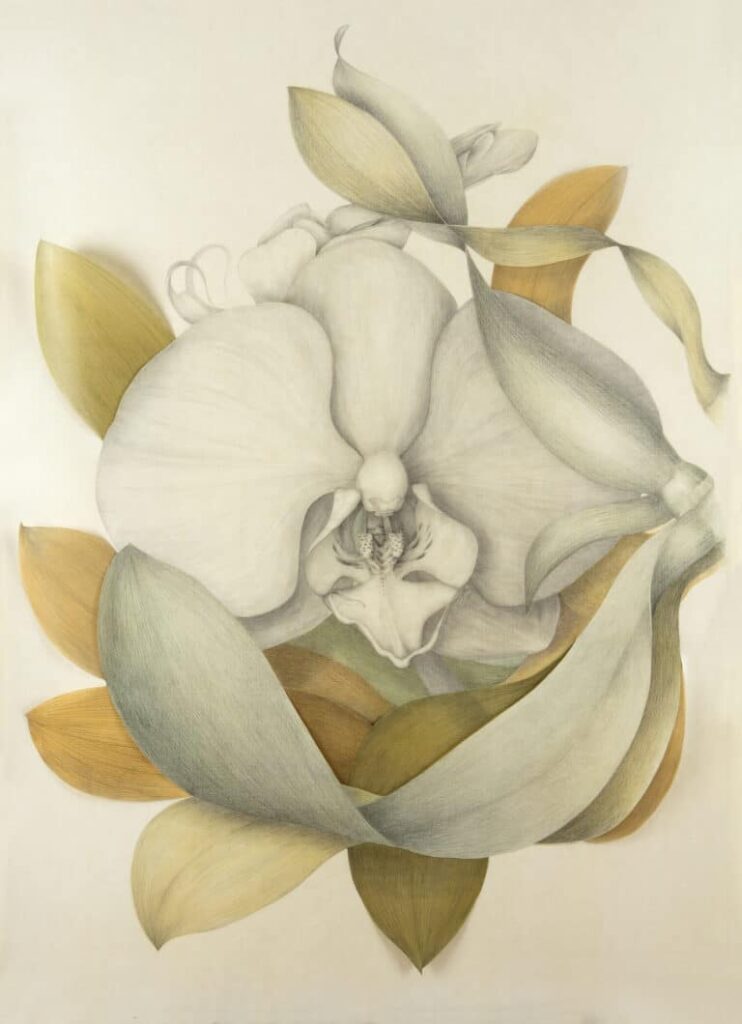
A final room of this exhibition delves into the repercussions of the use of tools such as photography, the microscope, X-rays or the scanner in the iconography of botany: we will meet Jeannette Klute, a pioneer in the research of color photography techniques; to Dornith Doherty, who got a lot of use out of those X-rays; or to Claudia Fährenkemper, who did the same with the scanning electron microscope. These technical resources would favor, over the decades, the development of two alternative paths in the illustration of plants: that of hyperrealism, which seems to go beyond what the eye can see (Shevaun Doherty, Úrsula Romero or Deborah Lambkin) ; or that of the synthesis of elements aimed at the transmission of complex scientific knowledge (Pamela Taylor or Niki Simpson).
As it could not be otherwise, “They Illustran Botánica” culminates with authors still working with digital tools in dissemination, the publishing world, advertising or the audiovisual business; This is the case of Aina Bestard, Émilie Vast or Katie Scott; also with artists who create herbaria with artisanal procedures, using silk, paper or ceramics. Among them are Ana Lamata, Irene Durán, Susana González or Carmen Ledesma.
With the aim of making room for botanical illustrators with undiscovered talent in this project, the call was launched Green Open Gallery: six hundred contributions from twenty countries, in different languages, can also be enjoyed in the Garden.
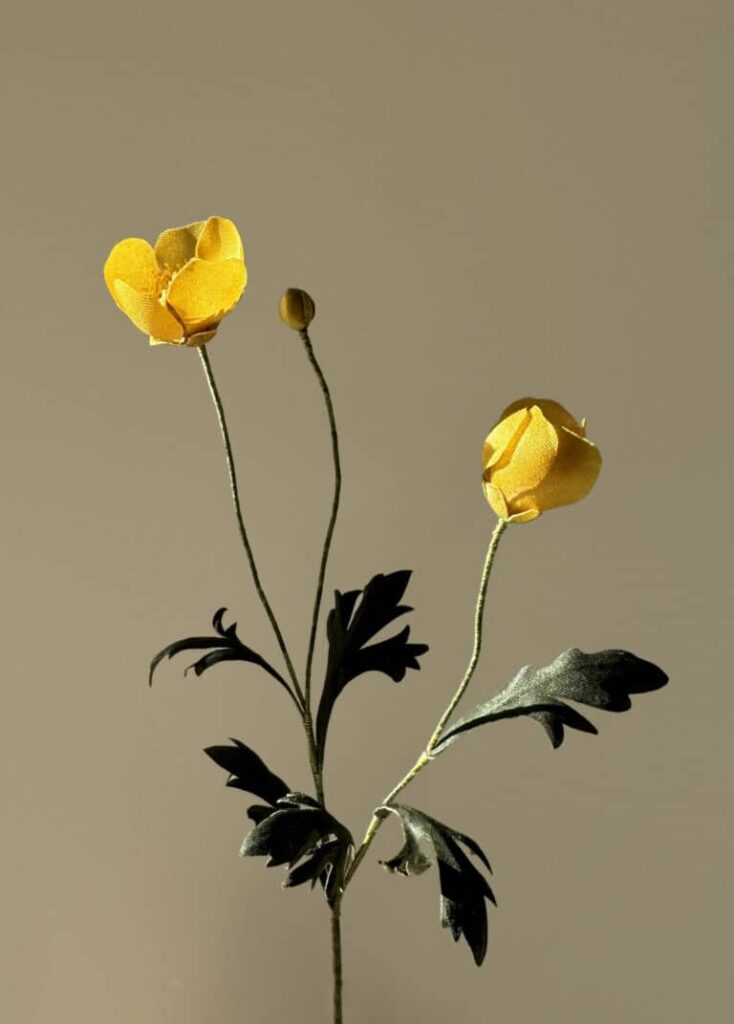
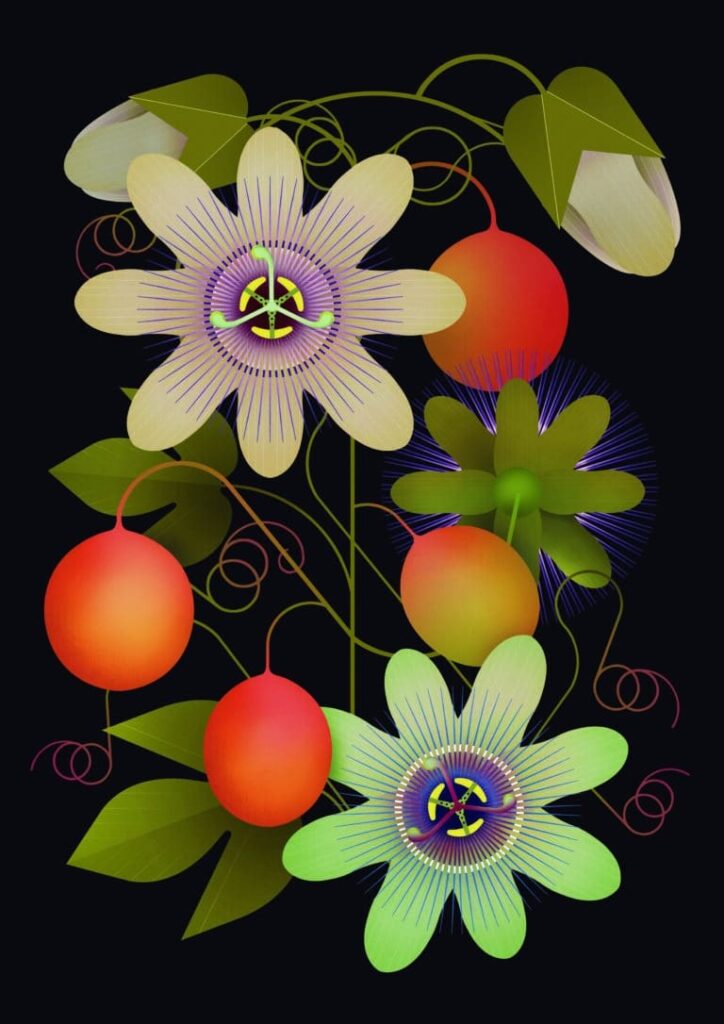
“They Illustrate Botany”
ROYAL BOTANICAL GARDEN
Murillo Square, 2
Madrid
From February 22 to May 18, 2024

